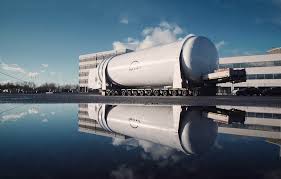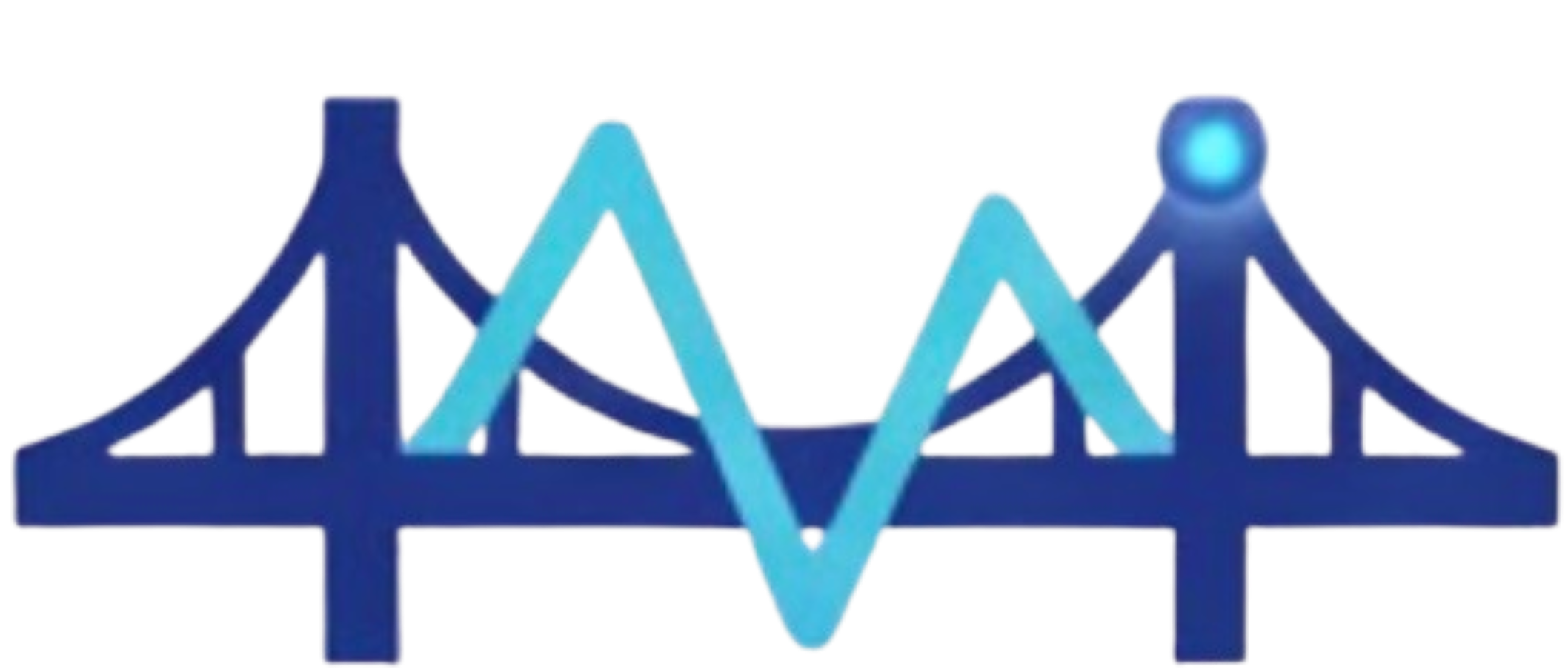
LNG and Cryogenic Facilities
LNG and cryogenic facility monitoring with temperature sensors and structural assessment nationwide.
- Thermal Gradient Monitoring
- Foundation Settlement Monitoring
- Strain Monitoring
Request a sector consultation
Align your thresholds, instrumentation, and reporting with our PE-led team. We respond within one business day with tailored deployment options.
LNG and cryogenic facilities operate in extreme conditions where structural integrity is critical for safety and operational continuity. These facilities handle materials at temperatures approaching -260°F (-162°C), creating unique challenges from thermal contraction, foundation settlement, and material behavior under cryogenic conditions.
Structural monitoring must account for thermal gradients, vapor pressure effects, and seismic concerns in liquefaction-prone areas. Containment systems require monitoring for microscopic leaks, foundation settlement from cryogenic cooling, and structural integrity during thermal cycling. Regulatory compliance with PHMSA and NFPA standards demands comprehensive documentation.
Our specialized monitoring includes thermal gradient sensors, foundation settlement tracking, and strain monitoring designed for cryogenic conditions. We deploy systems that can operate in extreme temperature environments and provide real-time data that supports operational decisions and safety protocols nationwide.
The result is safe, reliable LNG operations with proactive maintenance scheduling, regulatory compliance assurance, and confidence in containment system integrity across energy infrastructure portfolios nationwide.
Popular Services in This Sector
Thermal Gradient Monitoring
Critical for cryogenic facilities where extreme temperature differentials can cause structural stresses and material fatigue in containment systems.
Foundation Settlement Monitoring
Essential for LNG facilities where cryogenic cooling can cause ground settlement affecting tank and pipeline foundations.
Strain Monitoring
Important for monitoring stress in containment vessels and piping systems subjected to thermal cycling and pressure changes.
Seismic Monitoring
Valuable in seismic zones where liquefaction potential can affect LNG facility foundations and containment integrity.
Vapor Pressure Monitoring
Vital for detecting potential leaks or pressure anomalies in LNG containment systems requiring immediate attention.
Long-Term Monitoring and Alerts
Beneficial for tracking material fatigue and structural changes in cryogenic facilities over operational lifecycles.
Frequently Asked Questions
What unique challenges do cryogenic facilities present for monitoring
Extreme temperature effects, thermal contraction, foundation settlement from cryogenic cooling, and the need for sensors that can operate in sub-zero environments nationwide.
How do you monitor for leaks in LNG containment systems
We use specialized sensors for vapor detection, pressure monitoring, and strain measurement that can detect microscopic changes indicating potential containment issues.
What regulatory standards apply to LNG facility monitoring
Facilities must comply with PHMSA regulations, NFPA standards for cryogenic fluids, and local fire and building codes nationwide.
How do thermal cycles affect structural monitoring requirements
Thermal expansion and contraction during LNG transfer cycles can cause fatigue, requiring monitoring systems that account for these dynamic structural loads nationwide.
Example of Our Capabilities
Sector Type
LNG and Cryogenic Facilities
Situation
An LNG terminal needs to monitor foundation settlement and thermal stresses in storage tanks during initial cool-down operations
Our Approach
Deploy thermal gradient sensors, foundation settlement monitors, and strain gauges on containment vessels with automated alerts for temperature and movement thresholds
Expected Outcome
Real-time monitoring of thermal gradients and settlement, automated alerts for concerning changes, and detailed reports supporting safe operations
